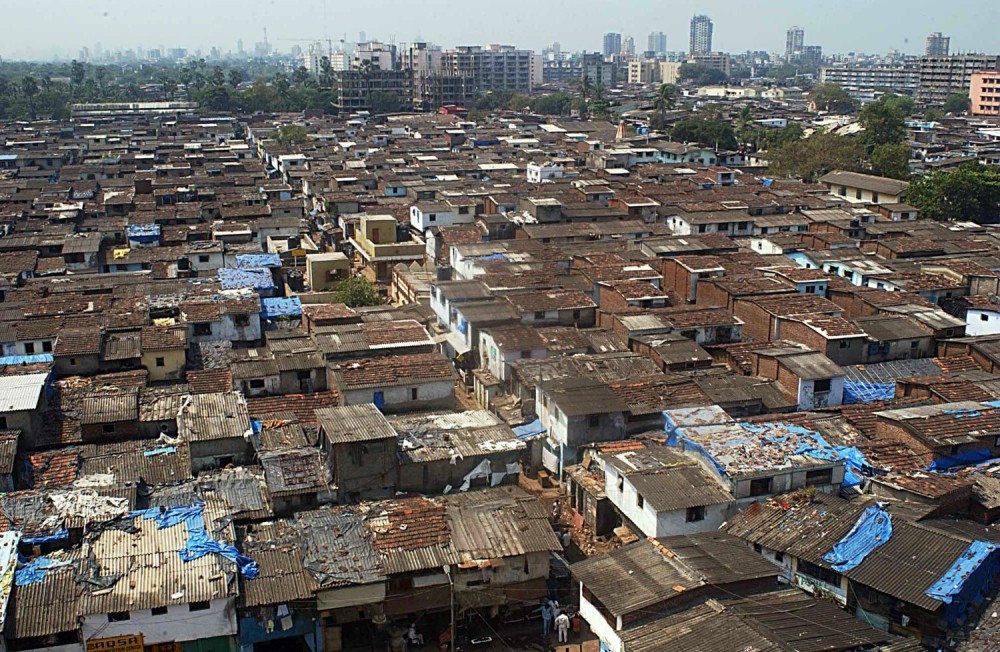help for jack

 I pause from my (lately infrequent) postings about urban issues to ask for your help for Jack Simbulan. Jack is the five year-old son one of my dear friends and former colleagues in the Ayala Group. He was recently diagnosed with Fanconi Anemia and will require a bone marrow transplant to get a fighting chance against the disease.
I pause from my (lately infrequent) postings about urban issues to ask for your help for Jack Simbulan. Jack is the five year-old son one of my dear friends and former colleagues in the Ayala Group. He was recently diagnosed with Fanconi Anemia and will require a bone marrow transplant to get a fighting chance against the disease.
Babette and Juni, Jack's parents, have sent out appeals for assistance (medical or financial). The operation alone will cost USD 200,000 not to mention the travel costs of bringing Jack to a competent hospital/center of expertise.
I am reproducing Babette and Juni's letter below that details what Jack has gone through and is going through and includes their contact details. Please get in touch with them if you can help or know of someone or some group that can extend assistance. If you have your own blog, could you please publish this plea -or link to this post- so we can reach more people for Jack? Thank you.
October 18, 2006
We are Babette & Juni Simbulan, residents of the Philippines. We are writing to you in the hopes that you can help us in any way get immediate medical help for our child.
Our first born and only child Joaquin (Jack) A. Simbulan was born on June 11, 2001 with multiple congenital anomalies. He was a pre-term baby (36/40 weeks), delivered via Caesarean section with low birth weight (1.72 kg). He had a PDA ligation when he was eight months old. He also underwent physical/ occupational therapy for two years to improve gross and fine motor movement. He was given a neurodevelopmental evaluation when he was 3.5 years old and was advised regular schooling. He is now 5 years old and attends kindergarten school when his health allows it. Despite his hand deformity, he can make full use of his hands and plays the piano!
In May 2005, he presented with thrombocytopenia and was seen by a hematologist-oncologist Dr. Maria Beatriz Gepte of the Philippine Children's Medical Center. A Bone Marrow Aspiration (BMA) was performed on him but he tested negative for leukemia. A second BMA was performed on him on September 28, 2006 and blood samples are now being tested to confirm Fanconi Anemia (FA). We should have the result within the month.
Since February 2006, Jack has had five hospitalizations due to low platelet and hemoglobin counts. In these hospitalizations, he has received transfusions. We just got back from the hospital where he got a transfusion, October 13-14, and received irradiated platelets and packed RBC since his platelet count has dropped to 23,000. Normal platelet count is from 150,000 up.
Fanconi Anemia, is a rare genetic disease that leads to bone marrow failure (aplastic anemia). It is a recessive disorder: if both parents carry a defect in the same FA gene, each of their children has a 25% chance of inheriting the defective gene from both parents. When this happens, the child will have FA. FA occurs equally in males and females. It is found in all ethnic groups. Though considered primarily a blood disease, it may affect all systems of the body. Many patients eventually develop acute myelogenous leukemia (AML). Patients who live into adulthood are extremely likely to develop head and neck, gynecological, and/or gastrointestinal cancer and at a much earlier age.
Unfortunately for us, FA is also hardly known or understood in the Philippines. We are listed in the international family registry of the FA Research Fund (www.fanconi.org; info_at_fanconi.org) and are in touch with some families in Canada, Australia and the US to better understand this dreadful disease.
Jack has recently been diagnosed with first stage bone marrow failure because of FA. In the meantime, Dr.Gepte plans to give a steroid to stimulate platelet/ hemoglobin production. We were informed that the medium term option is for a Bone Marrow Transplant (BMT). Unfortunately, Jack is an only child, with no potential bone marrow donor from a sibling. Due to the rarity of FA and the fact that very few doctors have experience in treating it in the Philippines, we were also advised that the BMT procedure be done abroad for higher chances of success.
We would like to seek medical treatment abroad and would like Jack to have a fighting chance. However, we are a family of modest means. Over the past five years, we have spent a good part of our savings for Jack's hospitalization and medical care through some insurance which unfortunately is applicable only to Philippine hospitals. We could raise the money for airfare and other preliminary expenses but we are uncertain as to how our family can afford the cost of a BMT. We have initially corresponded with the Cincinnati Children's Hospital which has extensive experience in FA cases. (www.cincinnatichildrens.org/fa) The cost is a staggering 200,000 USD.
It is in this light that we are appealing our son's case. We would like to seek any form of assistance (financial, medical) so that Jack can have a normal childhood and God willing, reach adulthood. The whole extended family is united in looking for organizations or charitable institutions to help our cause. We have faith in the goodness of people.
Thank you very much.
Very truly yours,
Babette A. Simbulan/ Juni S. Simbulan
#54 P. Eleazar St. MBLA Subd
Malanday, Marikina 1805
PHILIPPINES
babette.simbulan_at_manilawater.com
ana_simbulan2003_at_yahoo.com
junisimbulan_at_yahoo.com
Cellphone: 63-917-8574427
Home: 632-9425699
RITA S. SIMBULAN
548 S. Normandie Ave. #1
Los Angeles, CA 90020
Office - (213) 747-5588 Ext. 233 - 9 a.m. to 5:30 p.m., Pacific Time
Cellphone (213) 447-3587
Email: emerald5172_at_yahoo.com or ritasi_at_1stnetusa.com
Office email: rita_at_veniceinvestments.com


